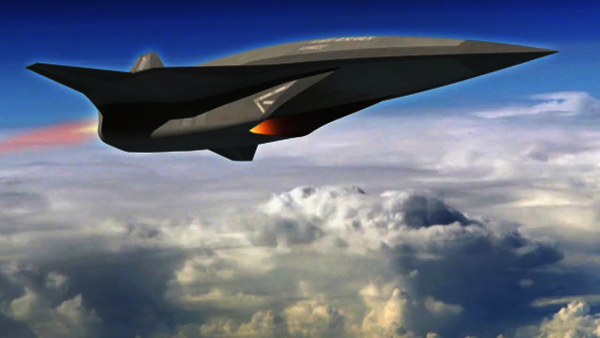The Defence Research and Development Organisation (DRDO) took a step towards the coveted technological goal of achieving hypersonic flight with the launch of a technology validation mission on Wednesday.
“DRDO today (Wednesday) launched a Technology Demonstrator Vehicle to prove a number of critical technologies for future missions from Dr Abdul Kalam Island off the coast of Odisha… The data has been collected and will be analysed to validate the critical technologies,” announced the DRDO.
Rockets have long travelled at hypersonic speeds, but they have the advantage of carrying their own oxygen, along with their fuel. Achieving hypersonic flight with an air-breathing engine is the greater challenge. Only Americans, French, Chinese and Australians have managed 10-second hypersonic flights. The DRDO has targeted a 20-second flight.
Hypersonic flight involves travelling at speeds above Mach 5, or 1,500 metres/second. An airliner travelling at hypersonic speed would reach from New York to Tokyo in a couple of hours.
Hypersonic flight also achieves military objectives, such as carrying larger payloads than conventional rockets. Since a hypersonic missile does not have to carry oxygen — it uses the oxygen freely available in the ambient air — that allows it to save weight, and carry a larger payload. This is called having a larger “payload fraction”.
The key challenge in hypersonic flight is to develop an engine that can remain alight even when the air it breathes is being rammed the combustion chamber at a velocity of 6.5 Mach. That is why it is called a “supersonic combustion ramjet”, or “scramjet” engine.
While the Wednesday mission was not intended to achieve hypersonic flight, it had the aim of validating key technologies essential for hypersonic flight. Amongst these technologies was a launch vehicle – a modified Agni-1 missile to launch the technology demonstrator vehicle and boost its velocity – the guidance systems, and heat shields for protection during re-entry.
In the actual hypersonic flight demonstration, which the DRDO intends to carry out within a year, the Agni-1 booster would release the hypersonic vehicle after re-entry, which would then ignite its kerosene fuelled scramjet engine and fly for a significant duration of time.
A key challenge is developing the super-materials that can withstand the extreme temperatures and pressures of hypersonic combustion. This includes Niobium alloy, Hafnium and Nickel-based superalloys.
Last month, speaking at the Institute for Defence Studies and Analyses, the DRDO chairman mentioned hypersonics as one of the key areas for future wars.
“We are confident of achieving hypersonic flight for a significant period of time within the next four years,” states a senior DRDO manager.
Source: BS
Image Courtesy: Aviator Flight
You may also like
-
IAF Aircraft Set Course For Exercise Eastern Bridge VII At Oman
-
IAF Set To Host The Indian Defence Aviation Exposition-II At Jodhpur
-
Defence Secretary to co-chair 5th India-Philippines Joint Defence Cooperation Committee meeting in Manila
-
Simultaneous Launch Of ‘malpe And Mulki’, Fourth And Fifth Ships Of Asw Swc (Csl) Project
-
Aatmanirbharta in Defence: MoD signs Contract with HAL for 240 AL-31FP Aero Engines for Su-30MKI Aircraft
